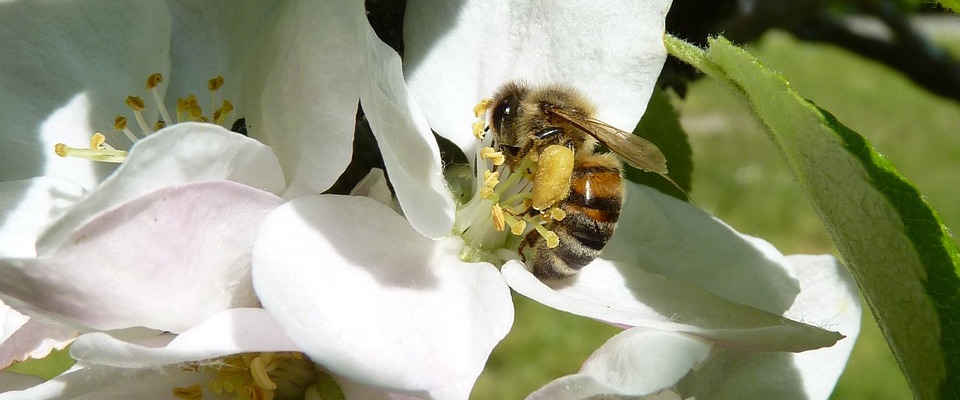When I read Thinking in Numbers, the first book I encountered by Daniel Tammet, I ordered a copy for myself before I was halfway done with the library copy. I loved the way he wrote about math. And, in his new book, Every Word is a Bird We Teach to Sing, I love the way he writes about language.
In the second chapter, he describes his experience teaching in English in Lithuania. He was 19 years old, and did not speak the language when he arrived. He struggles to teach out of the textbook provided, so, one day, he has his students all sketch apples for fifteen minutes. Then he says:
“When you put pencil to paper you don’t draw the apple as such, you draw its shape and texture and color,” Biruté translated. “Each aspect is proportional to the drawer’s experiences. So one apple might be round like a tennis ball; a second, glossy as plastic, a third, baby-cheek red.” I said the word apple was another form of drawing. “You draw a-p-p-l-e.” As I spoke, I wrote the letters in red on the whiteboard. “An initial A, consecutive P‘s, an L, and a final E. Your imagination can play with them as it plays with shape and color. Mix them around. Subtract or add a letter. Tweak the sound of P to B.” In the way that an apple can make a sketcher think of a tennis ball, or plastic, or a baby’s cheeks, an apple can bring to an English mind a stable, or a cobber, or pulp, I explained.
Then I told the women to take out their dictionaries and find other apple-like words.
Daniel Tammet, Every Word is a Bird We Teach to Sing, p25
His students pull out examples like bulb, appetite, and palpable. He winds up bringing in English poetry for his class of beginning language learners to explore, and one of his students repeats a phrase from Plath (“the secretary of bees”), baffling the program director, who asks Tammet for an explanation. She would prefer he stick to “correct English” sentences in the textbook like “John’s secretary makes coffee in the morning.” Tammet defends his approach as follows.
“The textbook’s sentence is, shall we say, factual. It contains a lot of facts. There is someone called John; John has a secretary; the secretary makes coffee; the coffee is made in the morning. One fact after another and another. They make no pictures, everything is simply assumed. […]
“[T]he other kind of sentence is different; it doesn’t assume anything. It’s not a fact, it’s a picture. The students can imagine what a secretary of bees would look like. And, imagining, they understand and remember better.” […]
I said that each word in a textbook, being a fact, could mean more or less only one thing. A word in a poem, on the other hand, could say ten different things. […] For the director, poetry was only a side effect of language, peripheral; for me it was essential. A student would learn phrases like “arrange hair” or “arrange an appointment” far more easily, I thought, after reading Plath’s line “Arranging my morning.” Not the other way round. Grammar and memory come from playing with words, rubbing them on the fingers and on the tongue, experiencing the various meanings they give off.
Tammet, p33-34

Cool website! The Sylvia Plath poem is kinda creepy.
Yeah, Plath would not be my introduction to English poetry!
Ok this is definitely going on my wishlist.
Right now Sophie’s French lessons consist in memorizing the “Je vous salut Marie” and reading translating a picture book line by line. And it strikes me that both prayers and picture books have the advantage of being much closer to poetry than textbook sentences.